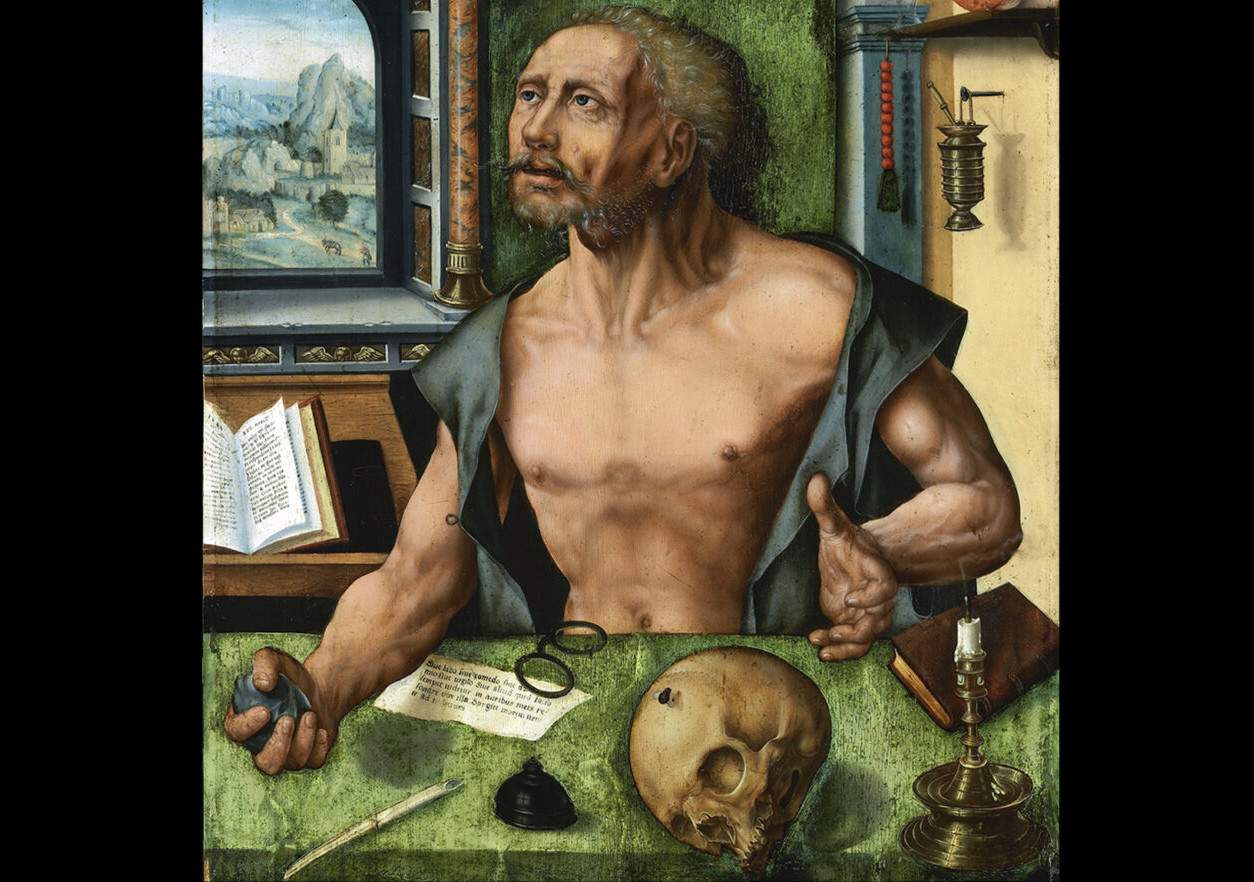From April 6 to June 30, 2024, the Labirinto della Masone in Fontanellato presents the exhibition MUSCA DEPICTA. There’s a Fly on the Painting, curated by Sylvia Ferino and Elisa Rizzardi. On the occasion of the 40th anniversary of Franco Maria Ricci ’s publication of the volume Musca depicta, in which André Chastel ’s essay first traced the artistic incarnations of the fly in European painting from the 15th to the 17th century, the exhibition intends to expand the picture outlined in the 1984 book by offering a multifaceted reading of the fly’s appearances in the visual arts starting from the school of Giotto and up to the contemporary.
Therefore, more than fifty works including canvases, graphics, sculptures, and manuscript and printed volumes will be on display in the exhibition halls of the Labyrinth following a specific thematic order.
In antiquity, the realistic depiction of a fly in a painting could suggest different interpretations: as a religious warning against abandonment to worldliness and the vanity of earthly life, or as an interpretation of the artist’s ephemeral fame, highlighting the impermanence of human glory. Or again, as visual deception in an example of trompe l’oeil, an artistic technique that tricks the viewer’s eye into believing that the painted object is real. This demonstrates the virtuosity and mastery of the painter in creating realistic optical illusions. These interpretations show how even a seemingly insignificant detail such as a fly in a painting can be loaded with symbolic and conceptual meaning.
Christian symbolism, on the other hand, gives it a negative interpretation, as evidenced in the exhibition by the works of the 14th-century Giovanni del Biondo or Leonardo’s Martino Piazza da Lodi. Closely related to the religious theme is the concept of Memento Mori, which concerns the deterioration of the body and the proximity of death. Contemporary artist Damien Hirst, who has repeatedly included this insect in his works, exhibits Fear of Death (Full Skull), a skull entirely enveloped in flies, recalling the iconography widely used in 16th-century art.
The room devoted to still lif es presents colorful floral compositions in which a fly has decided to settle, made by such Baroque masters as Willem van Aelst, Isaak Soreau and Giovanna Garzoni; some of the most important printed volumes devoted to the insect are also on display here, from Ulisse Aldrovandi’s watercolors to Maria Sibylla Merian’s elegant drawings. It also indifferently rests on food and animals the fly in Maurizio Bottoni’s motionless and hyper-realistic works, while in Yoko Ono’s FLY video it is a naked body that is crossed by it for 24 minutes. Finally, the bees in Caravaggio’s Orazio Riminaldi ’s canvas bring attention back to Alberti’s provocation, which states, “And therefore far superior are the flies, and by their great splendor they are more illustrious than the bees.” In the Eulogy contained in the incunabulum that opens the exhibition, Alberti also reminds how the fly is free and knows no hierarchy or limits of relevance.
The works in the exhibition come from prestigious national and international institutions, such as the Uffizi Galleries, the Vatican Museums, the Galleria Sabauda in Turin, the Musée du Louvre in Paris, the Museo Nacional Thyssen-Bornemisza in Madrid, the National Historical Museum in Stockholm and many others, as well as from numerous private collections and the Franco Maria Ricci Collection itself.
The exhibition itinerary will tantalize the eye as much as the ear: the soundtrack of the exhibition is the piece La Folie des Mouches, Variations and Fugue on a Theme by Händel for solo violin specially commissioned from composer Massimiliano Matesic: the progression of a Baroque dance is transfigured into a hallucinatory and jarring virtuosity, alternating moments of lyricism with an imitation, as amusing as it is disturbing, of the buzzing of flies.
On the occasion of the exhibition, a new volume will be published by Franco Maria Ricci Editions, with an introductory text by Sylvia Ferino, a reprint of the critical study by André Chastel, a historical-scientific essay by Lucia Tomasi Tongiorgi and Giuseppe Olmi, and a literary contribution by Carlo Ossola.
 |
| At the Labirinto della Masone an exhibition on the fly in the visual arts, from the school of Giotto to the contemporary |
Warning: the translation into English of the original Italian article was created using automatic tools. We undertake to review all articles, but we do not guarantee the total absence of inaccuracies in the translation due to the program. You can find the original by clicking on the ITA button. If you find any mistake,please contact us.